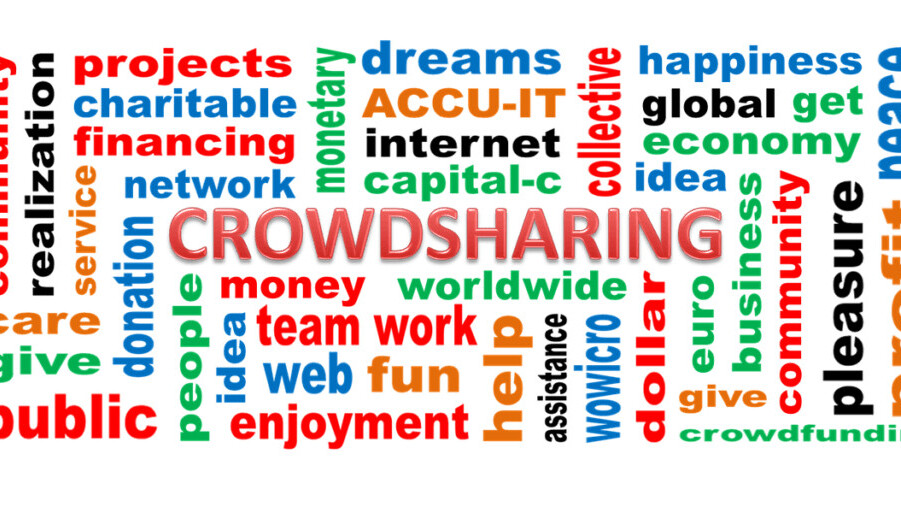
When was the last time you watched Shark Tank and thought to yourself, “I could do that. All I need is one good idea and my life could change forever.”
Although the show is entertaining, it is an atypical representation of what it’s really like to successfully launch a product and grow a company. Coming up with a groundbreaking idea is actually the easy part, the steps that come next–finding capital, developing and testing a product, marketing, and, ultimately, growing a brand–is where most hopeful entrepreneurs lose their footholds.
With more young companies and first-time entrepreneurs turning to crowdfunding platforms like Kickstarter and Indiegogo the B2C startup world has been reenergized by the possibility of growing a company from scratch without siphoning off future equity. While the rise of crowdfunding and the proliferation of available platforms has supported the evolution of consumer innovations, it’s not without its downside. There’s so much emphasis on the first phase of crowdfunding, the launch, and, often, what comes next gets overlooked. Brands that succeed in garnering attention and fanfare at the time of the launch often flounder when it comes to maintaining momentum, promoting their products on marketplaces like Amazon, and determining a sound production and distribution strategy. Now that crowdfunding has moved out of its infancy, it’s time for hopeful companies to ground their campaigns in strategies that will open up the possibility for long-term success.
Adam Ackerman, founder of Fully Funded, has seen too many promising young ventures burn out before making a real impact, because their founders struggled to find the right capital resources to bring their ideas, and brands, to life. As the first agency for crowdfunders by crowdfunders, the Fully Funded team knows that it takes more than a successful VC pitch and product development funding to grow a viable business. Because here is the part that they don’t tell you on Shark Tank and never mention at the VC pitch table: an interesting product and a successful launch don’t necessarily spell long-term success.
In order to achieve sustainable success, founders need to look beyond the product pitch and find ways to forge lasting connections with audiences through strategic branding initiatives. Following these tips can help you initiate stronger value:
Prioritize your story
One of the most common mistakes young companies make when appealing to audiences on crowdfunding platforms is focusing too much on the product, and not enough on the people and brand beyond the product. Convincing someone to hand over their money to support your venture is not as simple as executing a product demonstration, you have to find a way to invoke an emotional connection, and if your campaign video is solely focused on an object it will be much harder to make a lasting impression.
Prove yourself
One of the biggest benefits of crowdfunding a product and company into existence is that it enables entrepreneurs is that it enables entrepreneurs to secure consumer interests before going into production. But it’s nearly impossible to ascertain a commitment without first proving \ value through a product demonstration. A successful crowdfunding video cannot simply be comprised of you explaining how a product will work or why it will be life-changing, you need to demonstrate these qualities to audiences. In the world of crowdfunding, actions speak louder than words. Additionally, a strong demonstration may also draw the interest of journalist willing to write about your campaign and launch, but writers typically do not take that risk unless they are assured of a product’s functionality and innovation through a comprehensive demonstration.
Be authentic
Consumers want to root for an underdog, which gives crowdfunders an inherent advantage. However, audiences are also highly adept at determining when a pitch is authentic and when it is not. It’s tempting to try to follow the same glossy formats and narratives as other successful ventures, but this won’t necessarily resonate with audiences. By choosing the crowdfunding path, you’re already sending the message that you’re not in this alone, rather, you need the support of others to bring this idea to life. The campaigns that are able to communicate a sense of humility, gratitude, and openness are able to better appeal to an audience’s innate willingness to rally around a small venture.
Share the benefits
Even if someone is intrigued by your product and your story, it doesn’t necessarily mean that they will be willing to lend financial support right off the bat. Your campaign also needs to iterate the value early supporters will receive if the campaign goals are met and the product is launched. Typically, crowdfunding campaigns operate with either a rewards or equity structure. Since you’ve already eschewed the VC fundraising route as a means of holding on to sole ownership and agency, setting up crowdfunding campaign rewards is key to clinching support. However, there is an art to establishing rewards–they have to be tangible to your product and relevant to your target audience’s interest. For example, if you’re launching a new fitness monitor that retails for $250, promising a branded t-shirt will not be as enticing as promising a 25 percent discount code for the first purchase.
In many ways, crowdfunding is democratizing the entrepreneurial experience; it’s giving more innovators the opportunity to see their ideas come to life. But real value is not achieved simply by bringing a product into existence, rather, it is achieved when entrepreneurs create more than just a novel product, but a brand that sends the message to consumers that it has arrived to make their lives more interesting, entertaining, or efficient. Now that crowdfunding has outgrown its infancy, it’s time to move beyond the flash-in-the-pan mindset, and apply long-term strategies that transform exciting crowdfunded campaigns into sustainable ventures
Get the TNW newsletter
Get the most important tech news in your inbox each week.





